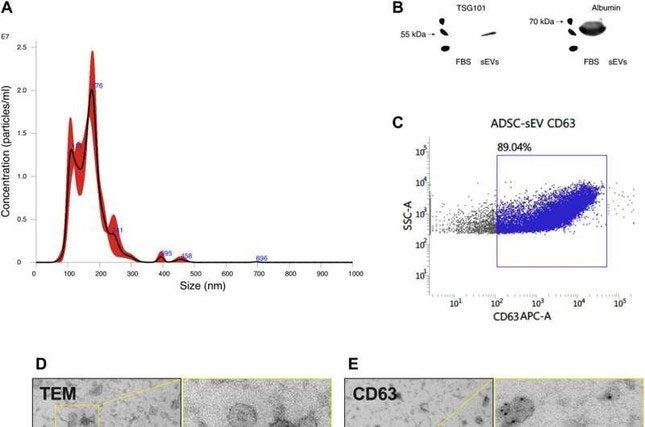A team of researchers at the University of Valencia, collaborating with colleagues from the Exosome Development Foundation, the Spanish National Cancer Center, and the David Geffen School of Medicine, has discovered that injecting extracellular vesicles (EVs) from younger mice into older mice has reduced some signs of aging. Their findings were published in the journal Science Advances.

Analysis of the aging process in mice after injecting EVs into older mice.
Scientists have been exploring various ways to extend human lifespan to hundreds of years. While some progress has been made (primarily through improvements in diet and healthcare), very few substantial advancements have been achieved. In this new effort, researchers examined the possibility of using a method to mitigate age-related decline.
Extracellular vesicles, also known as exosomes, are structures produced in eukaryotic cells, involved in signaling between cells and also used for transporting mRNA. Suspecting that the aging process might be linked to degeneration in cell communication, the researchers wondered what would happen if they injected EVs into older mice.
To investigate, they extracted stem cells from adipose tissue in younger test mice. Next, they collected the EVs produced by the harvested cells. They then injected the EVs into the tails of older mice—once at the start of the experiment and again a week later.
Subsequently, the researchers began studying the mice to assess the effects of the injections. They found that, just two weeks later, the mice showed improvements in physical strength, indicating reduced age-related muscle degeneration.
They also observed that the mice experienced less fatigue and tended to coordinate better—additionally, their fur grew back faster. The research team noted that these improvements peaked around 30 days after the initial injection and disappeared after about 60 days.
The researchers also closely monitored several test mice and found a reduction in kidney tissue degeneration and an increase in cell production. They also discovered a decrease in inflammatory biomarkers and some tissues appeared epigenetically younger.



















































